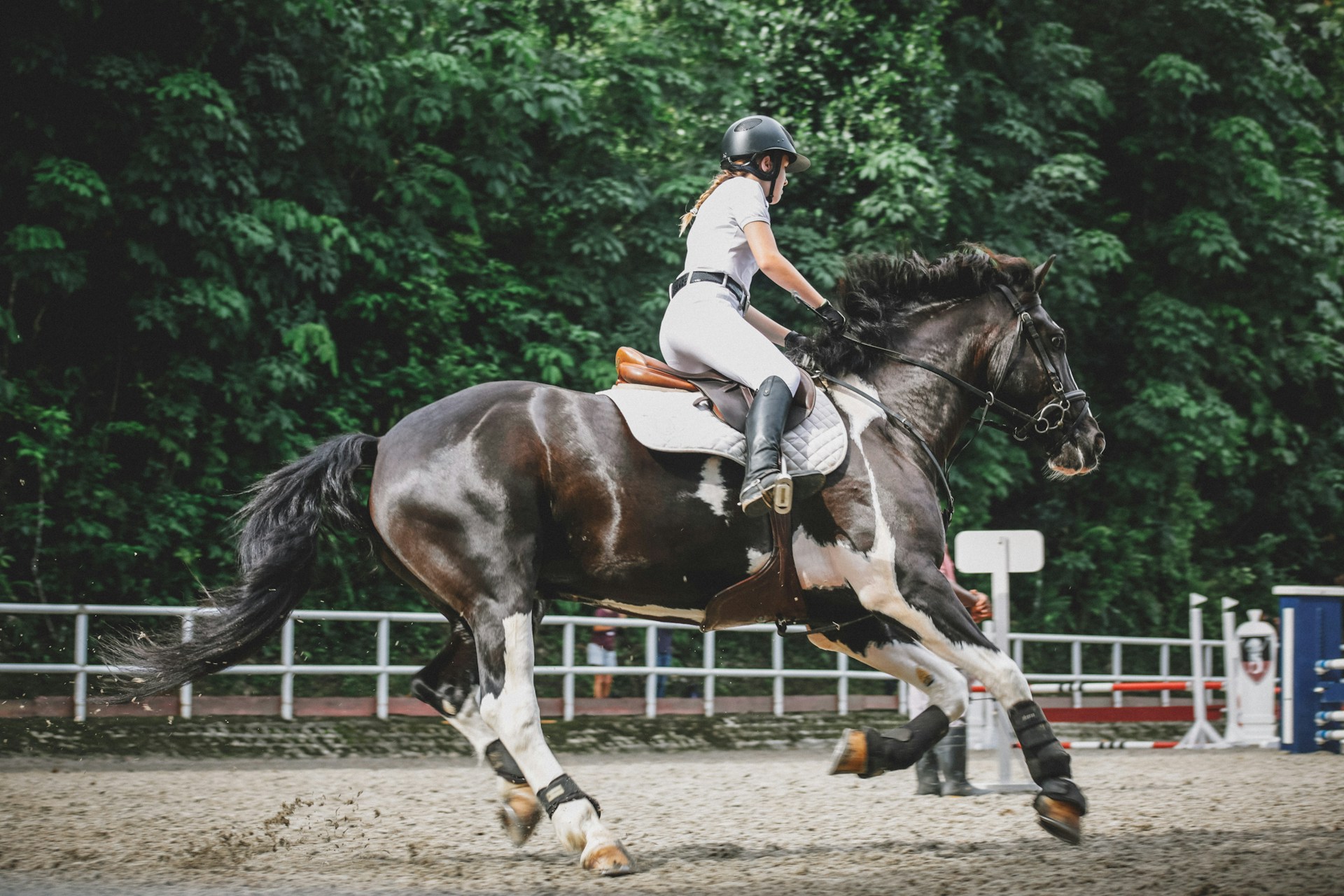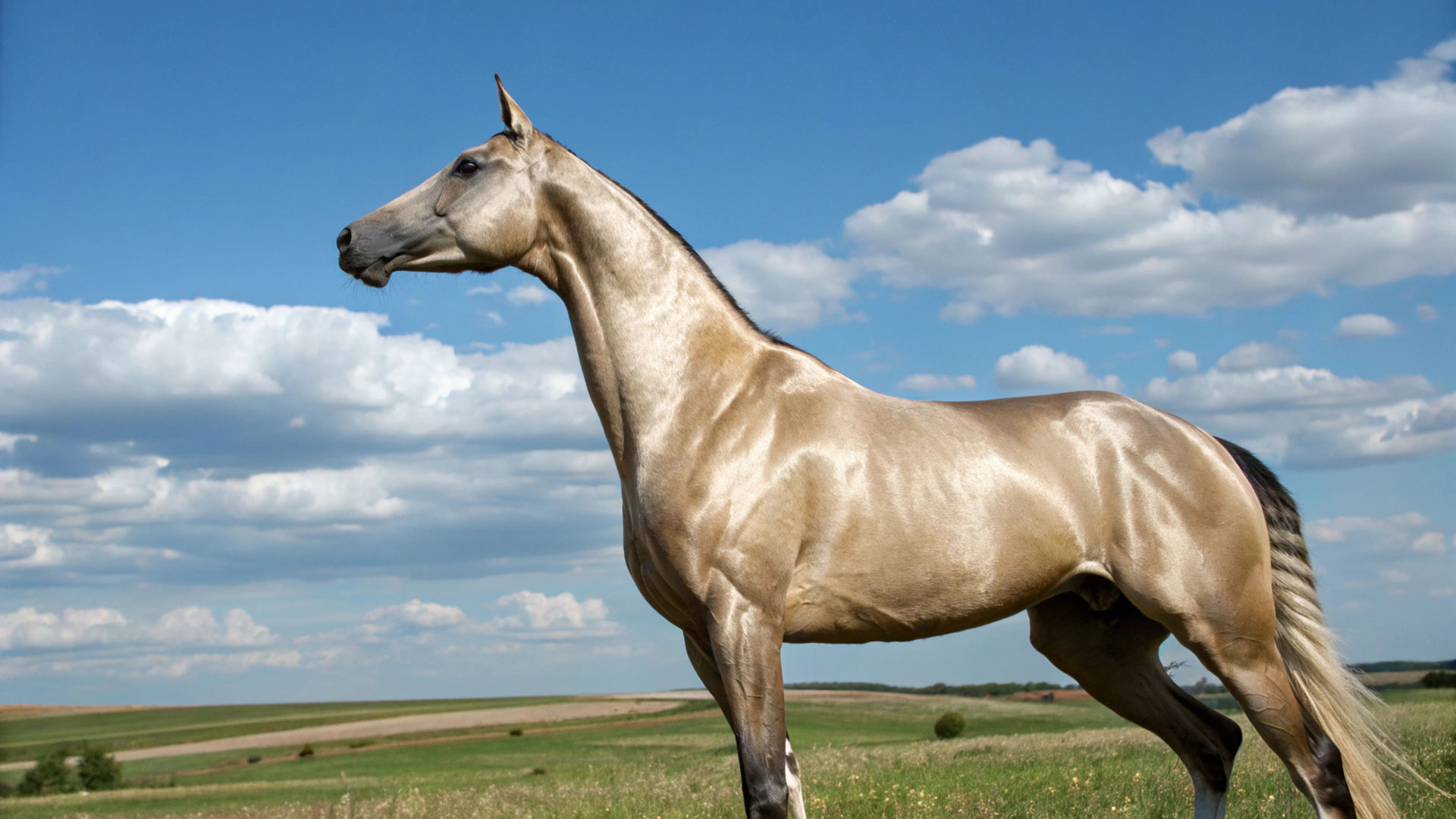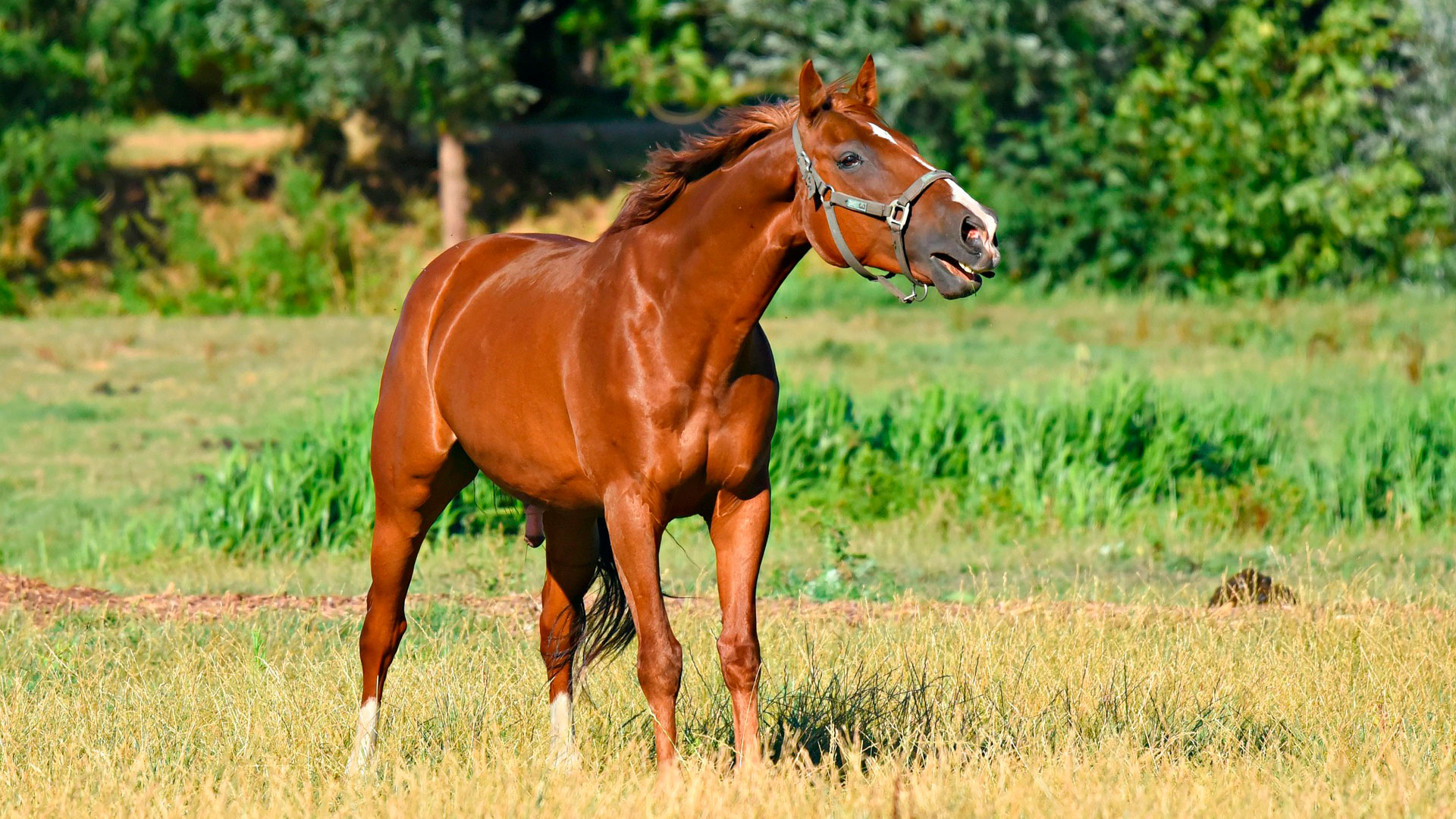
Horses and their moods
Body language is a world of its own. Beyond sounds such as whinnies, whimpers, cries and snorts, among others, horses, like all other living beings, speak to us continuously with their bodies. Horses' ears are especially expressive, perhaps the part of their body that can give you the most information. The ears can express their state of mind.
We highlight different positions:
1. Stiff, moving ears: this is the horse's natural state of alarm. This is the normal position of any horse and should not be a cause for concern.
2. Floppy or drooping ears: This position can be due to three things. The first may be linked to the animal being tired or sad, the second may be due to submission to a stronger and more dominant rival, and the third and last may indicate that the horse is sick, but in this case without any movement.
3. Ears erect forward: shows distrust towards something or someone unknown to him, we must be careful because we do not know how he may react.
4. Ears close to the head and pointing backwards: this is a sign of defensive aggressiveness or anger.
5. One ear forward and one ear back: expresses doubt. If your rider tries to explain something new to him, it means that he has not understood it well, so you will have to explain it to him again.
The mouth in the body language of horses, lips are a flexible and constantly moving part of a horse's body, which makes them sometimes difficult to interpret. These are the most typical gestures:
- Lips drawn back with teeth and gums exposed: threatening, wanting to bite.
- Chewing without food in the mouth: release of tension due to discomfort.
- Relaxed, drooping lips: tranquillity or drowsiness.
- Flehmen's reflex; when the horse raises its upper lip, revealing its teeth: a sign of excitement.
In short...
If a horse is happy:
- Nose, lips and ears relaxed.
- His eyes are lively and his ears are relaxed, but remain attentive to all sounds around him.
- When you brush him, he slightly tilts his head and stretches his neck. In addition, he lifts and moves his upper lip slightly, indicating that the horse feels secure.
If a horse is angry:
- Shakes tail intensely, showing irritation.
- Kicks the ground.
- He stretches his neck forward and his eyes widen.
- He pulls his ears back, flattening them on the back of his neck.
- She opens her mouth as if to bite.
- In the case of mares, they emit a characteristic squeal which usually precedes the kick or swat.
If a horse is in pain:
- When the horse is in pain, its eyes appear smaller than normal and its gaze remains fixed.
- The distance between the base of its ears widens, as they spread sideways and turn slightly backwards.
- The nostrils dilate.
- They tighten their facial muscles and their chin flattens due to the contraction of their lips.
- Their heart rate increases and so does their respiratory rate.
If a horse trusts you:
- That the horse is calm when you are near and does not run away from you is the first sign that the horse trusts you.
- Its whole body looks relaxed, its ears are slightly cocked, its eyes are half closed and its general position is restful.
- He seeks your touch and brings his nose close to your face to recognise you by smell.
- He whinnies or makes a soft sound that sounds like he is telling you something.
- Attempts to get your attention by nudging or pinching your clothes. Be careful with this behaviour because it can lead to dominance.
As you can see, there are many details to take into account when it comes to reading an equine's expressions. Pay attention to his body language, to his behaviour in the different situations that arise in order to improve your relationship with him, this way you will be able to understand him and he will be able to understand you too. Although many of the things mentioned are obvious, I am sure you will find them interesting; we hope we have helped and taught you something new that will be of help.
To enjoy interesting content about horses, don't miss the best equestrian channel: Horse Tv.












_v2.svg)
_v2.svg)









_v2.svg)


